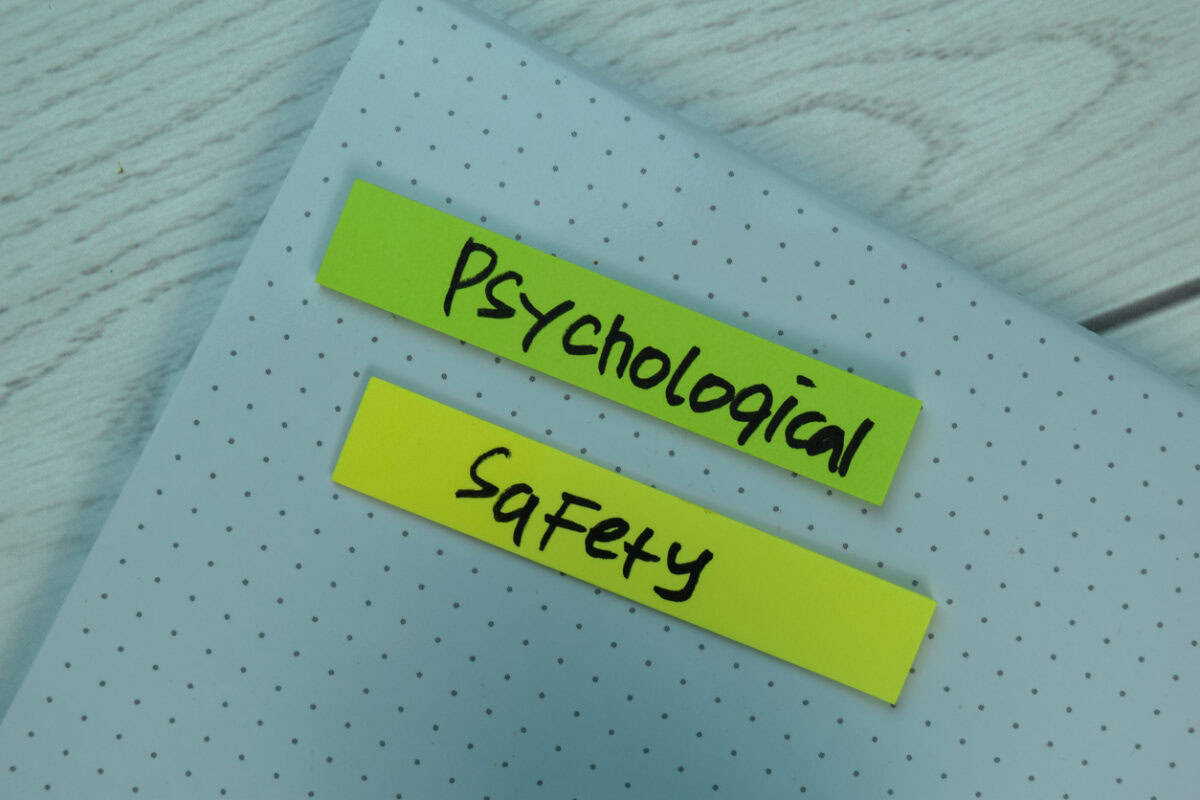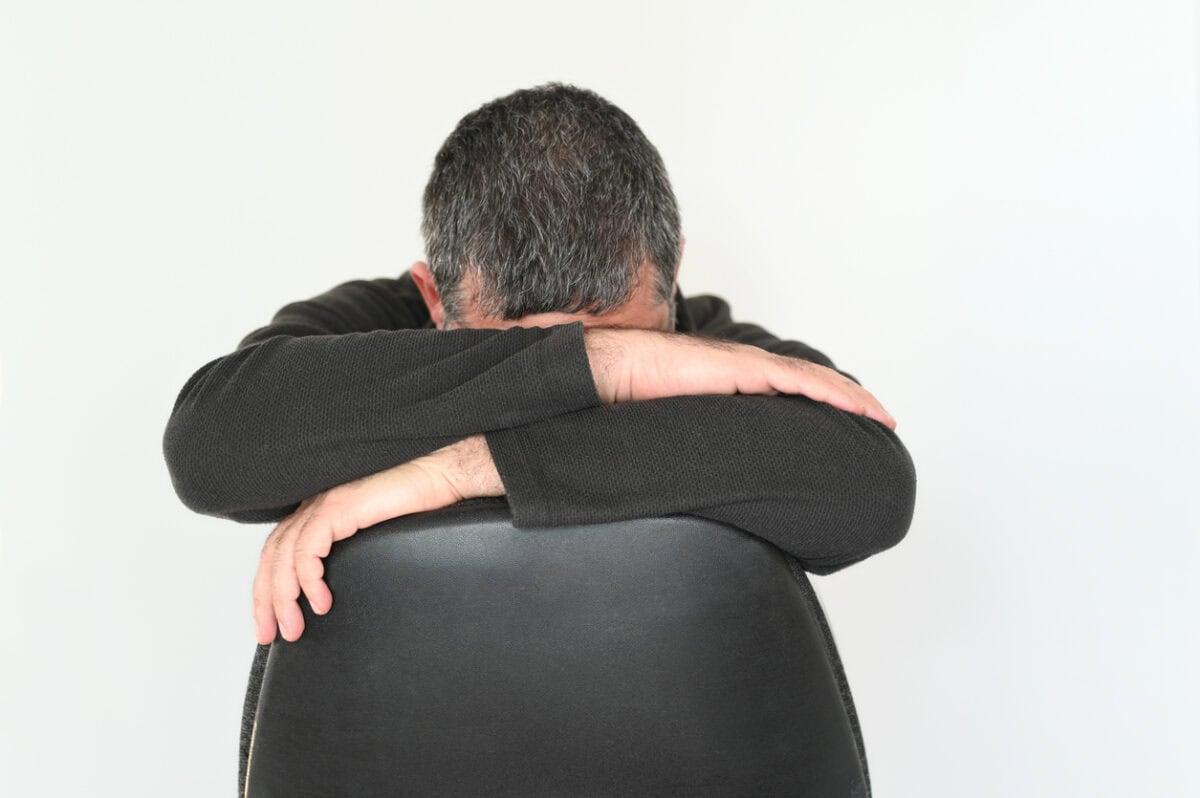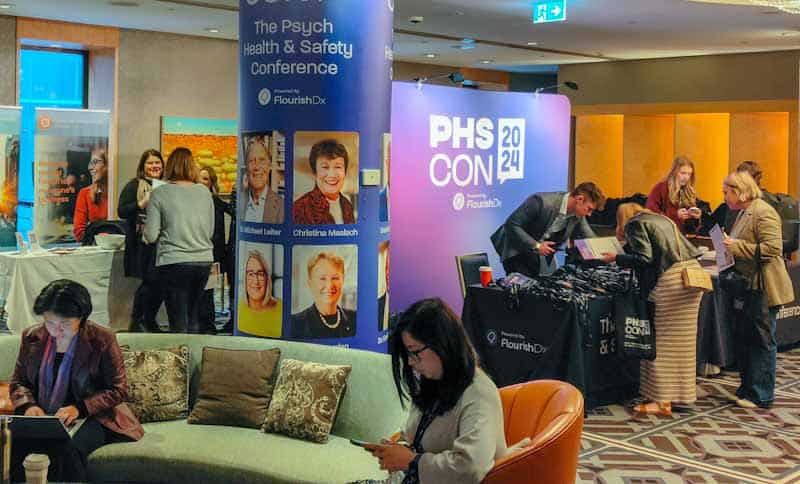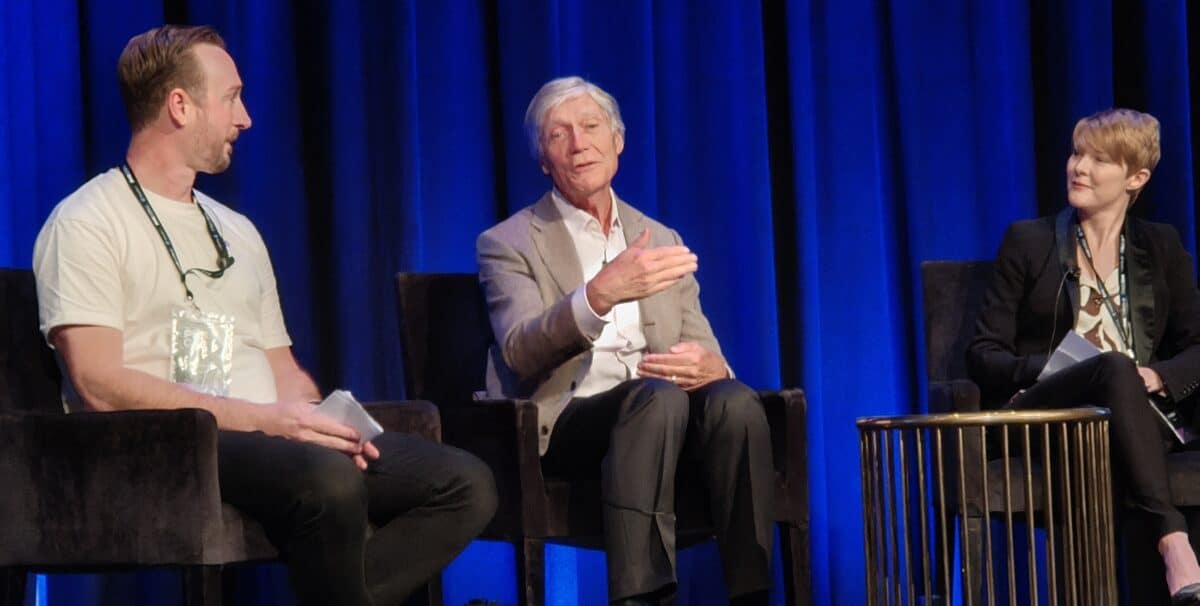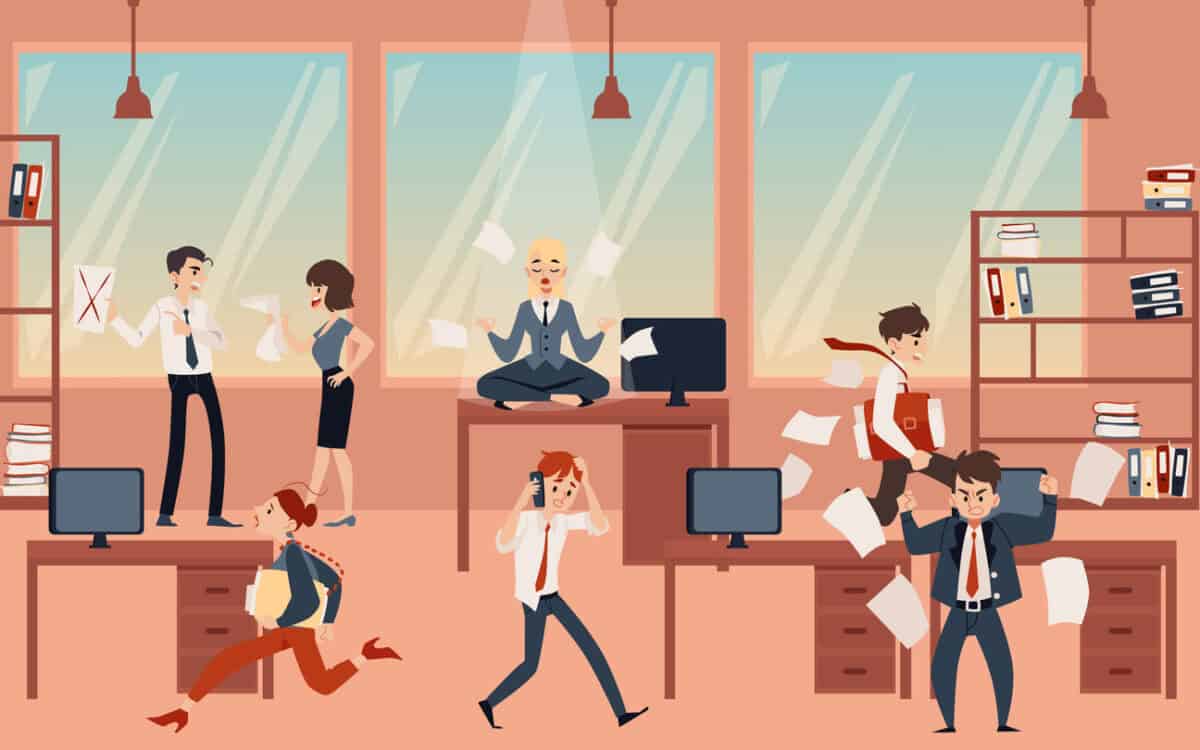There are two common approaches to addressing and preventing psychosocial hazards at work. One is to consider these hazards as originating within and affecting only workers and work processes. This looks at the hazards generated by work that affect work and downplays or dismisses factors from outside work. The other is to acknowledge that work is part of life, that socioeconomic factors affect workers’ mental health, and that job stresses similarly affect workers’ social lives. In both instances, the use of “worker” includes all levels of a management structure. Both approaches need evaluation for effectiveness.
Category: Burnout
Psychological health and safety book seems dated
There is a new book about psychological safety for organisations. Many have been published over the last twenty years, but the climate, at least, in Australia has changed. Psychological safety is now part of a broader and more inclusive concept – Psychosocial Safety – but many psychologists have not yet caught up, or are in denial or are too embedded in their established services to be able to or willing to change.
Any new book on psychological safety in workplaces needs to be contemporary and reflect these changes. Gina Battye‘s “The Authentic Organisation—How to Create a Psychologically Safe Workplace” is not quite there.
Male Loneliness and Work
Recent Australian research into male loneliness revealed some interesting work-related factors that employers may want to consider as part of their wellbeing and psychosocial change programs.
The research includes that among some social factors, like the persistent belief by men of having a breadwinner role:
Is the Psych Health and Safety Conference worth attending?
Recently, Sydney, Australia, experienced the inaugural Psych Health and Safety conference managed by Flourishdx, a prominent Australian consultancy that identifies and helps companies manage psychosocial hazards at work. There were around 400 delegates in person and online. The conference was a gamble for Flourishdx, and it largely paid off, but contrary to some of the overly effusive posts on LinkedIn, it was a curious beast.
Initial report on Psych Health and Safety Conference
Half way through Day 1 of the Psych Health and Safety Conference and it often feels like we are sitting at a dinner party of organisational psychologists, listening in to a conversation of respectful work colleagues. Some conversations are honest, some are uncomfortable and some are reassuring, but all are interesting.
The psychosocial message may be getting through
Recent Australian insurer Allianz released survey data that revealed:
“….half of surveyed Australian employees claim they feel fatigued and burnt out”.
This report generated a recent article (paywalled) in the Australian Financial Review (AFR), which included some important comments from Dr Rebecca Michalak. Her comments are an important introduction to a week that includes SafetyAtWorkBlog’s exclusive reporting on The Psych Health & Safety Conference.
A mental health book for leaders and HR professionals
Australian lawyer Fay Calderone has published a book called “Broken to Safe – Tackling Toxic Workplace Cultures and Burnout”. The intended readership seems to be “leaders” and Human Resource (HR) professionals. Occupational health and safety (OHS) is mentioned occasionally, but OHS professionals will find much to frustrate them about this self-published book.


